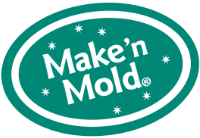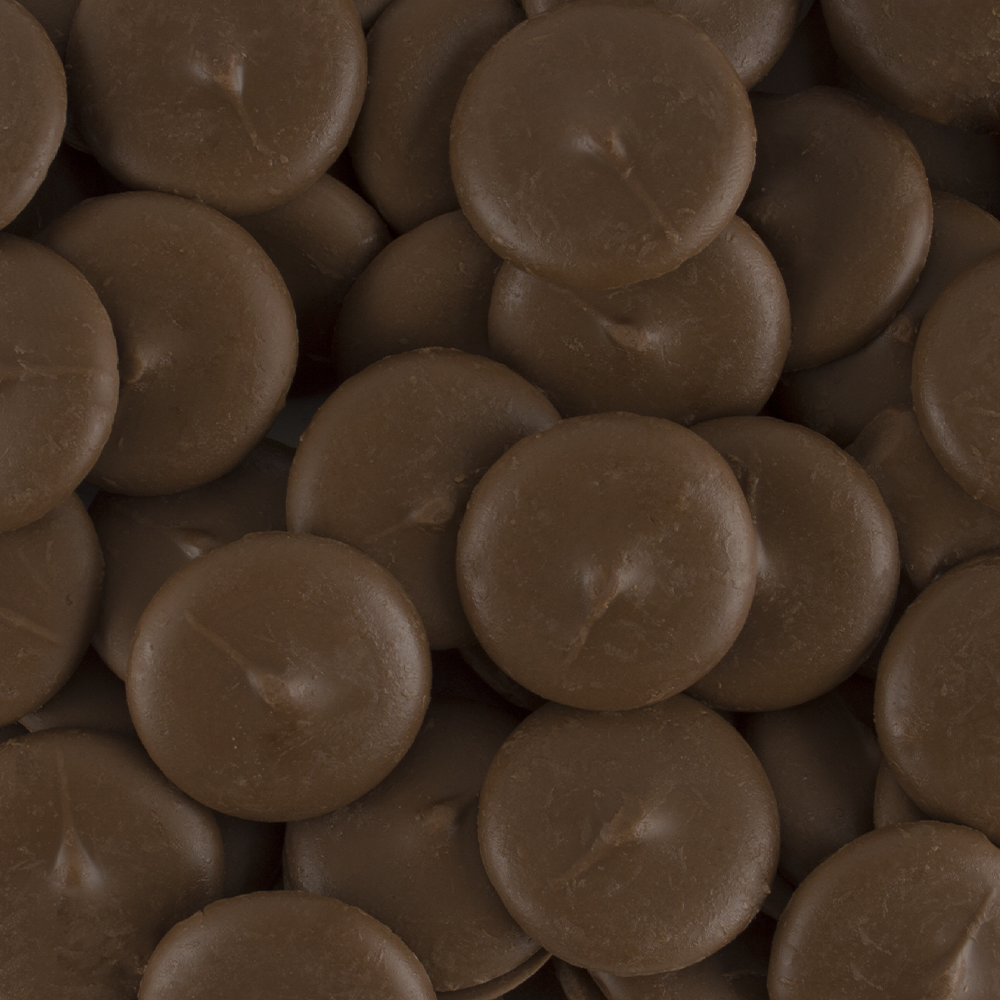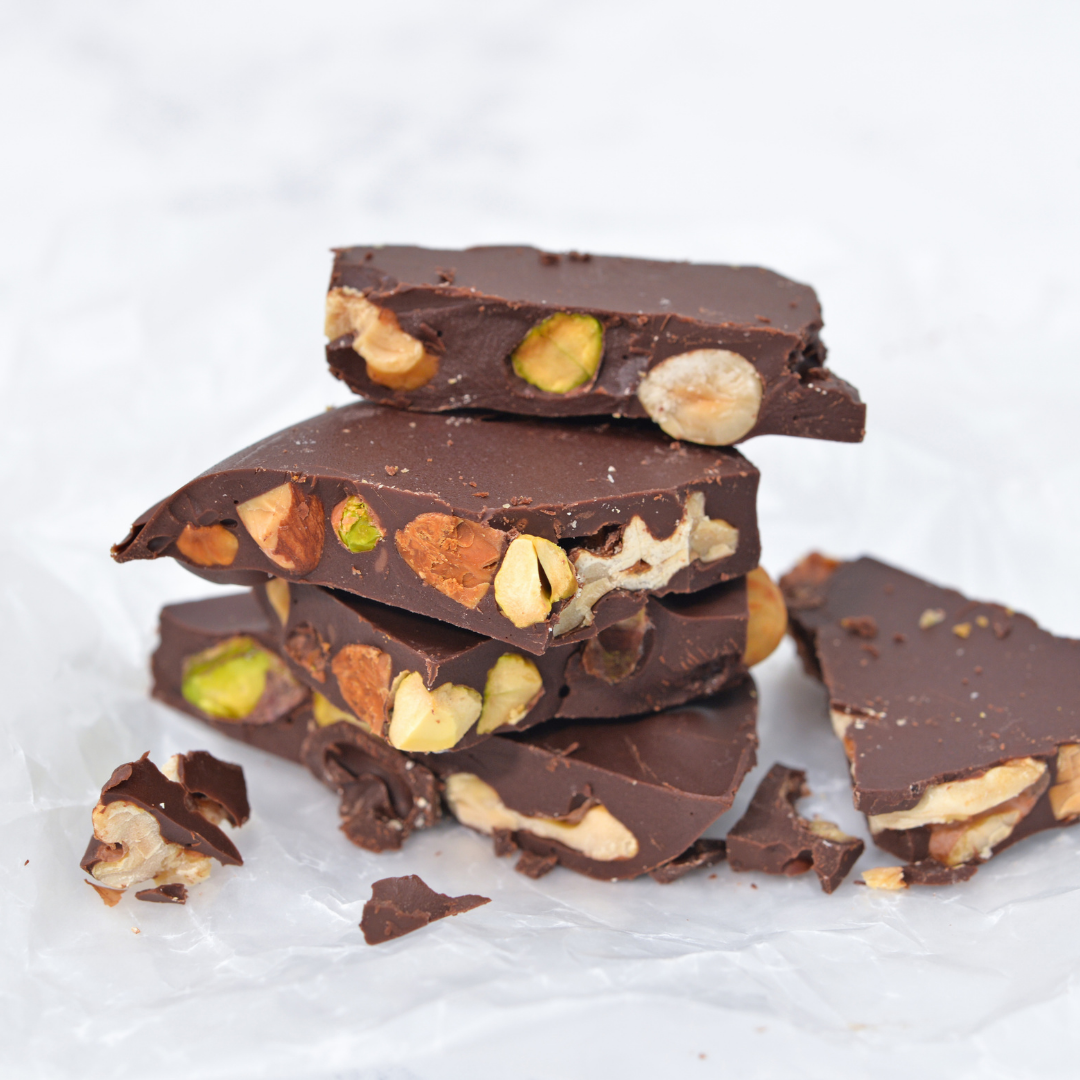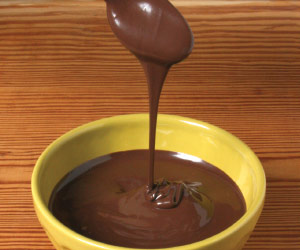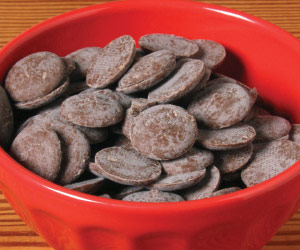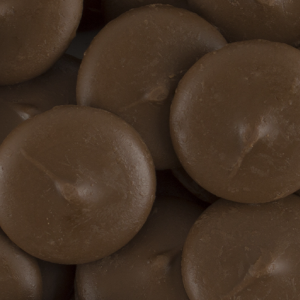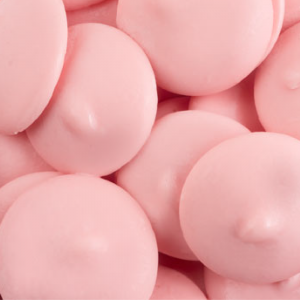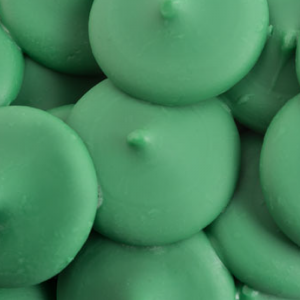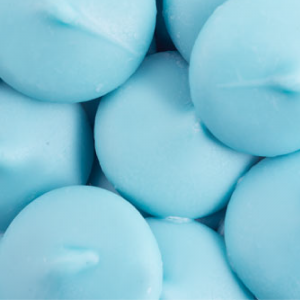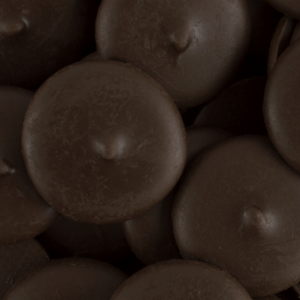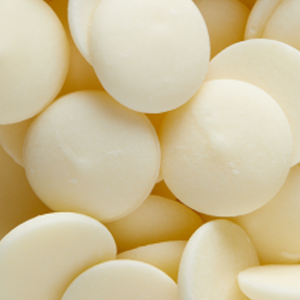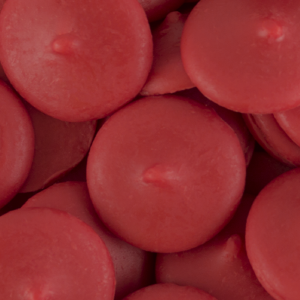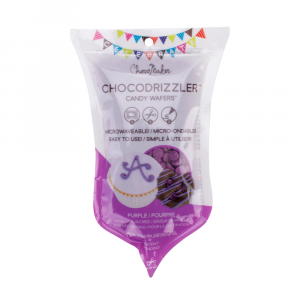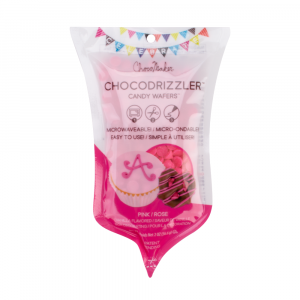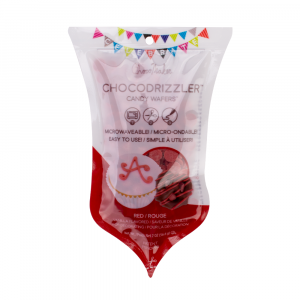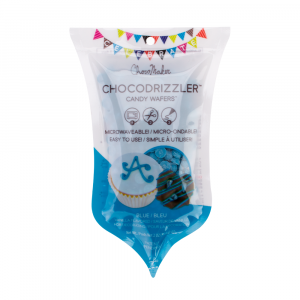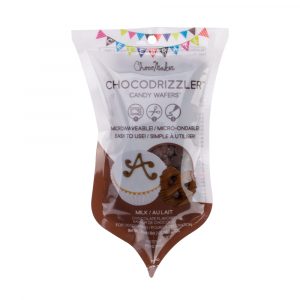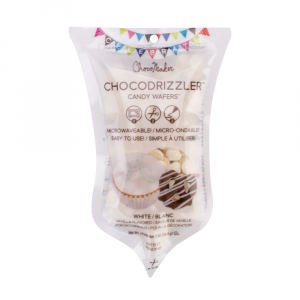Candy making 101
Understanding Color in Candy Making
Premade colors serve as a base for various projects and offer the candy maker a foundation of options.
Understanding Color
Using colored wafers in a candy making project can help to indicate the flavor of a candy (such as using light green drizzle over a mint flavored truffle) or to customize candies for an event in which there is a color scheme (such as wedding favors). Regardless of the reason for using colored wafers, the particular shade being used can be critical.
Candy wafers can be purchased in a multitude of premade colors. These colors may serve as a base for various projects, but also offer the candy maker a simple foundation of options. By mixing these premade colors, you can create a wide assortment that will match just about any shade you are going for.
As a candy maker, it is your job to create foods that look appealing and pique the interest of the recipient. When colors are mixed well and used in the proper application they can make a finished candy look both appetizing and beautiful.
Primary and Secondary Colors
The Primary colors (blue, red, yellow) are the basic starting point. Mixing together two primaries results in a secondary. (Think 1+1=2)
Blue + Yellow = Green
Red + Blue = Purple
Red + Yellow = Orange
Tertiary Colors
Adding one primary and the secondary next to it results in a tertiary. (Think 1+2=3)
Complementary Colors
Primary and secondary colors that are across from one another on the color wheel are called complementary colors.
Blue and Orange
Red and Green
Yellow and Purple
These colors work to neutralize (make less vibrant) one another and to darken slightly. This is very useful to make a variety of earthy, darker colors. When working with complementary colors, its best add a small amount of one to a larger amount of the other. Avoid mixing equal parts as the result will be muddy and yucky looking.
Example
Bright Green + small amount of Red = “camouflage” Green
Try experimenting to see what kind of results you can get, using the chart on the left to help guide you as you mix colors.
Pastel Colors
Adding white to any color results in a pastel (red + white = pink)
Additional Ways to Mix Colors
Another way to create customized colors is to use fat-based candy dyes to broaden the range of color shades. Candy dyes can be added to vanilla wafers to make colors that are not available pre-made, or you can add candy dyes to already colored wafers, allowing you to tweak the shades and create exactly the color you desire.
Blue + Purple = Indigo
Purple + Red = Plum
Red + Orange = Rust
Make’n Mold sells two different candy color collections, you can find more details here: Make’n Mold Candy Colors


